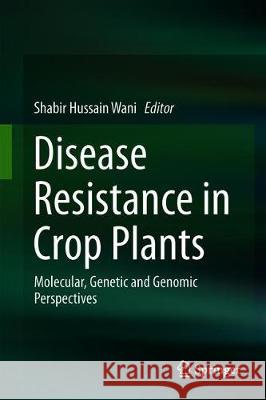Disease Resistance in Crop Plants: Molecular, Genetic and Genomic Perspectives » książka
topmenu
Disease Resistance in Crop Plants: Molecular, Genetic and Genomic Perspectives
ISBN-13: 9783030207274 / Angielski / Twarda / 2019 / 307 str.
Disease Resistance in Crop Plants: Molecular, Genetic and Genomic Perspectives
ISBN-13: 9783030207274 / Angielski / Twarda / 2019 / 307 str.
cena 685,93
(netto: 653,27 VAT: 5%)
Najniższa cena z 30 dni: 655,41
(netto: 653,27 VAT: 5%)
Najniższa cena z 30 dni: 655,41
Termin realizacji zamówienia:
ok. 22 dni roboczych
Bez gwarancji dostawy przed świętami
ok. 22 dni roboczych
Bez gwarancji dostawy przed świętami
Darmowa dostawa!
Kategorie:
Kategorie BISAC:
Wydawca:
Springer
Język:
Angielski
ISBN-13:
9783030207274
Rok wydania:
2019
Dostępne języki:
Ilość stron:
307
Waga:
0.59 kg
Wymiary:
23.88 x 16.0 x 1.78
Oprawa:
Twarda











